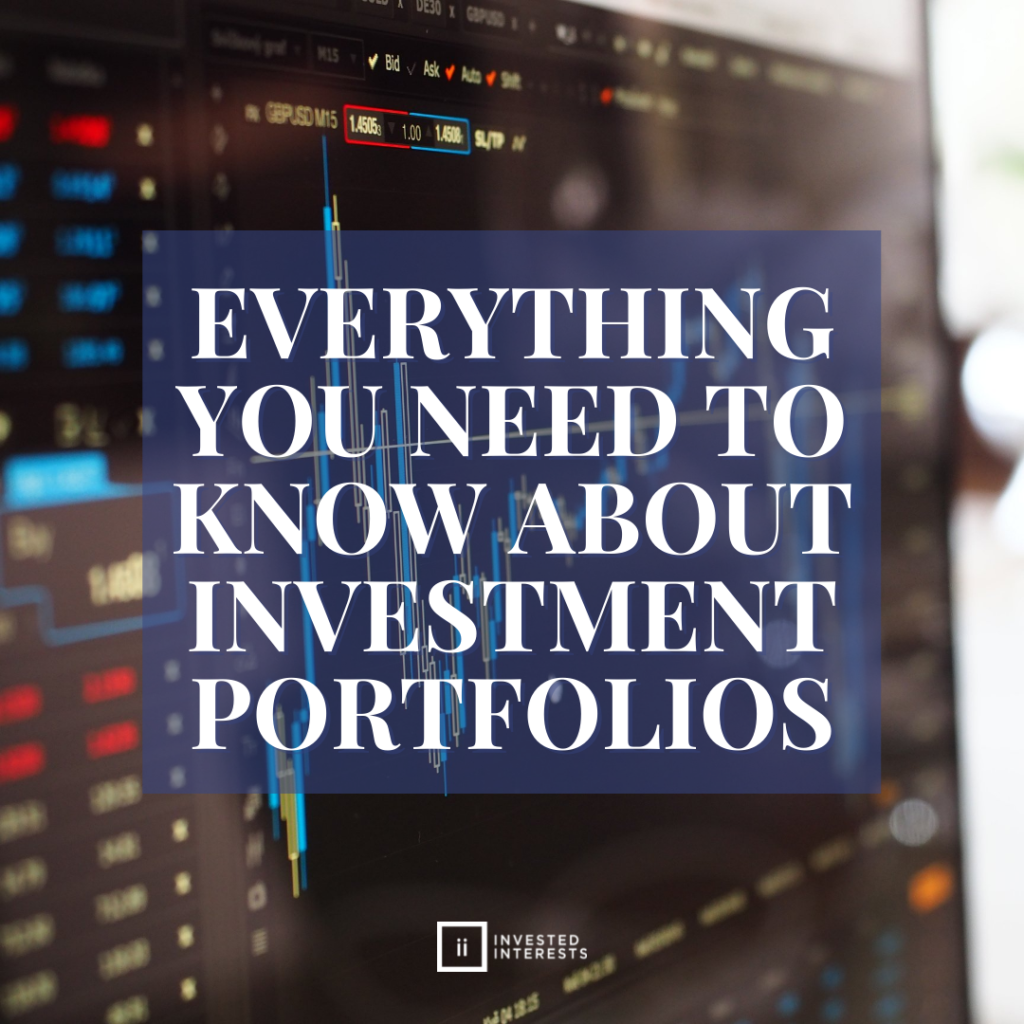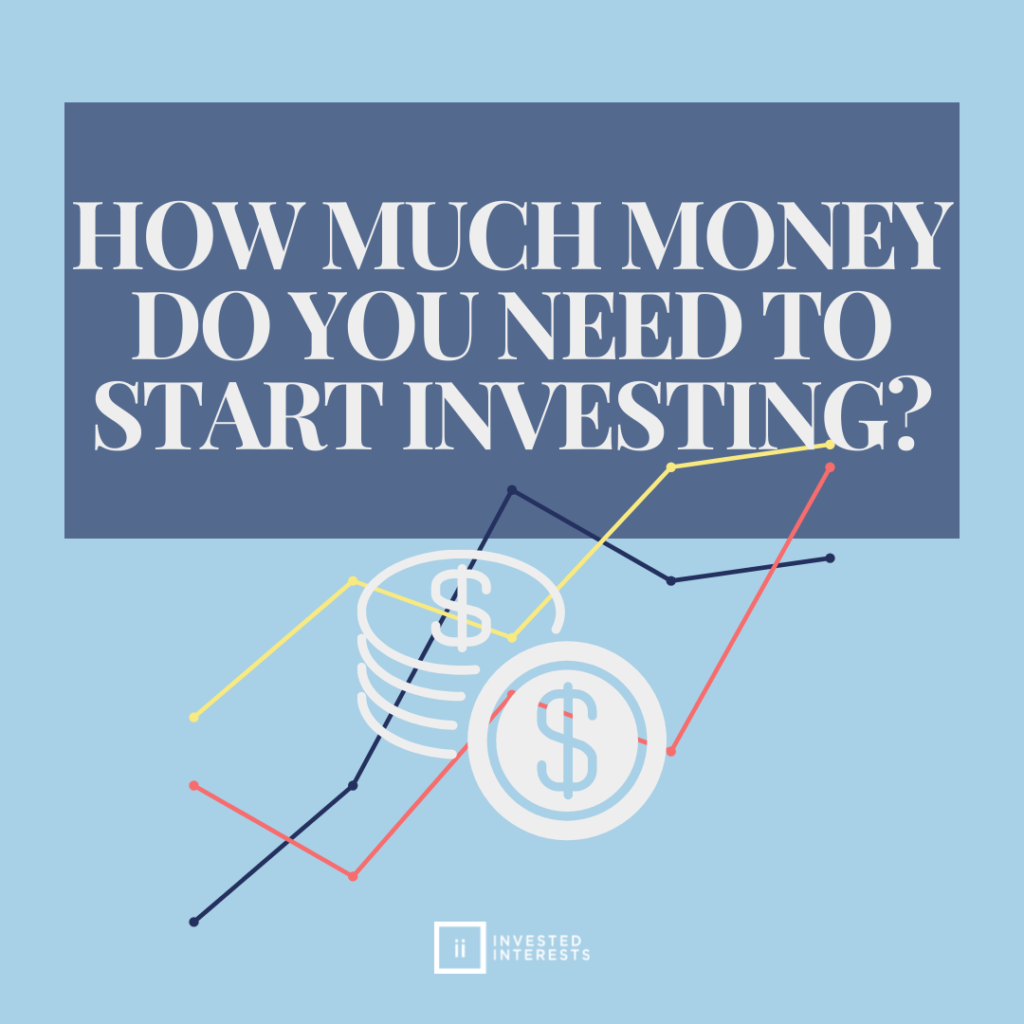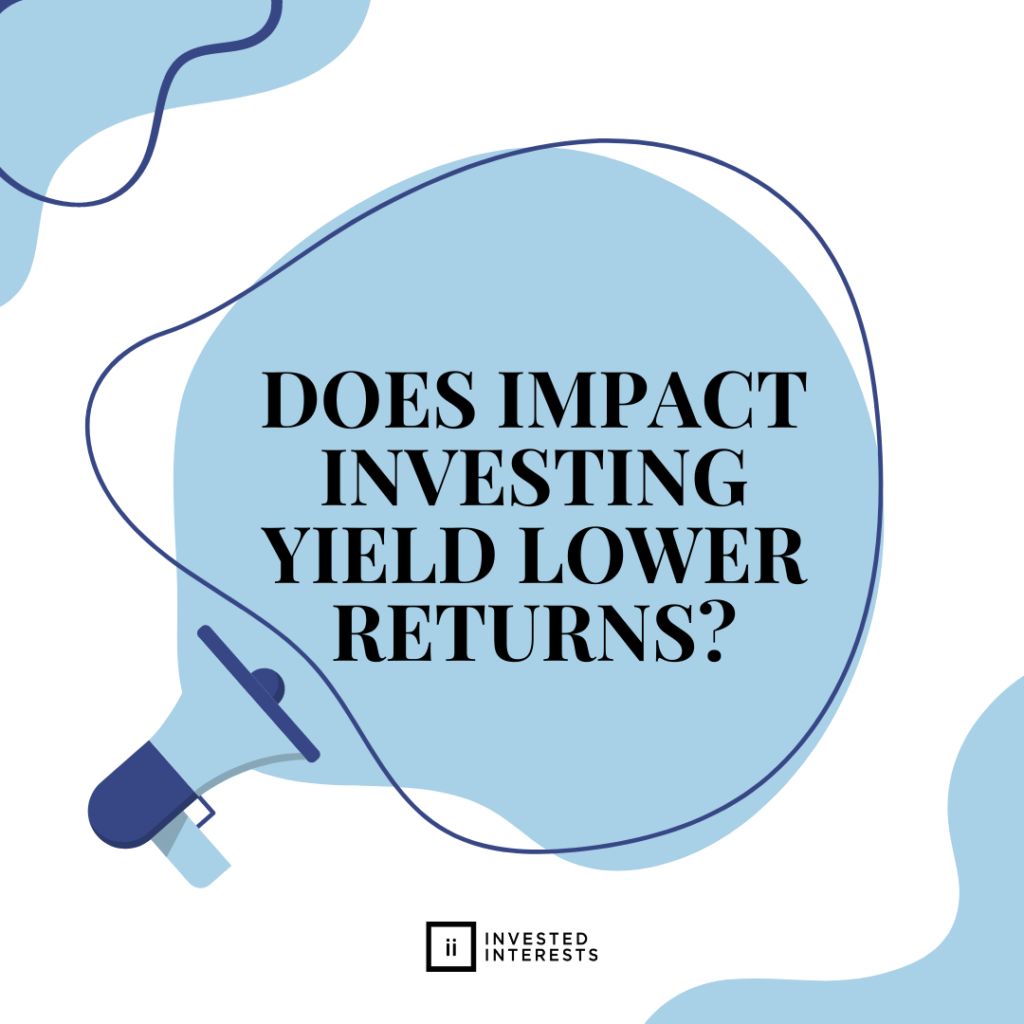Although compounding is a basic term used in the finance world, that doesn’t mean everyone knows exactly what it means. Whether it is compound interest, compound returns, or even just compounding itself, a lot of it can get confusing. Let’s break it down.
What is compounding?
Compounding is an exponential growth process where your money increases by a percentage. This means that the growth is not linear. If you were to look at compounding on a graph, it would have a curve, which is dependent on the percentage of increase. Yes, just like what you probably learned in high school algebra.
Now we understand this may still be confusing or scary, but it really isn’t. This is a good thing! The money you set aside in a compounding account will grow faster than it would in other accounts. Here is an example of what it may look like if you put $100 into this account each month:
Month 0 (A.K.A. the month you start): $100
Month 1: 100 + (100 x 15%) = $115
Month 2: 115 + (115 x 15%) = $132.25
Month 3: 132.25 + (132.25 x 15%) = $152.09
Month 4: 152.09 + (152.09 x 15%) = $174.90
Month 5: 174.90 + (174.90 x 15%) = $201.14
Extra money after 5 months = $101.14
The math is that simple! Of course, these numbers will fluctuate depending on how much money you set aside and your percentage of increase, but compounding is not as daunting as it seems.
Awesome. How does this relate to compound returns and interest?
We’re so glad you asked! When it comes to compounding, there are two main ways this can be related to money. These include compound returns and compound interest.
Compounding and Compound returns
Compound returns are not talked about as often as compound interest. Essentially, you are earning potential investing returns. Put simply, a compound return is the rate of return over a cumulative amount of time. Here are the biggest things you need to know about compound returns:
1. They are usually expressed as a percentage
This means that compound returns are a percentage of what you put into an account. Remember that example from earlier? That is an excellent way to think of what a compound return looks like.
2. Compound returns are usually in annual terms.
This means that the percentage number represents the annual rate that the fund or stock has compounded over time.
3. Compound returns are more beneficial in the long run.
As with anything, patience is a virtue. Compound return investments can turn into a huge profit for long-time investors. This is why it is important to start as early as possible.
Now that you know more about compound returns, let’s learn a little more about compound interest.
Compounding and Compound interest
Compound interest is exactly what you might expect. This comes into play when you are earning interest on your money. Remember when you were a kid and your friend borrowed a dollar from you? You could have told them that they would have to pay you an extra $.25 for every day they didn’t pay you back. That would be interest. Not compounding interest, but you get the idea.
To think about compound interest, we can again go back to the high school math we talked about earlier. It is the same idea, only in larger numbers… hopefully. For another example, if you have ever had a savings account, the national average of interest is about 1% every year. This means your money will increase by 1% annually.
Compound interest can also work against you. If you happen to owe compound interest on debt, you can get into deep water very quickly. (Cough, cough, credit cards.) For example, if you owe debt on your credit card, it is likely that amount you owe will increase by 16% every year. This number could be different, as this is the current national average.
Now I know about compound returns and interest, how does this affect me?
Compound returns and compound interest affect almost everyone. Whether you have had a savings account, you are investing, or you have debt, it is very possible that compounding affects you. Compounding can really work in your favor when it comes to your investments. This is because exponential growth from compound interest can help to offset detrimental wealth factors such as cost of living and inflation.
As an example, mutual funds offer one of the easiest ways for investors to receive the benefits of compound interest. Remember, compound interest allows your balance to grow faster than plain old interest. The best part, it is super easy to do! The more money you invest and the longer you allow it to sit, the more your money will grow.
How Do I Start Earning with Compound Returns?
Lucky for you, Invested Interests partners with some of the best socially responsible mutual funds available. These funds will only invest in companies that are working to solve the world’s biggest problems. To put it simply, we kind of know our way around the impact investing world. By investing in these funds, you are able to really make a difference in the world, while getting a great return on your investment. The best of both worlds!
If this interests you and you would like to get started with Invested Interests, we would love to hear from you! Click here to get started with our team! And, as always, happy investing!




